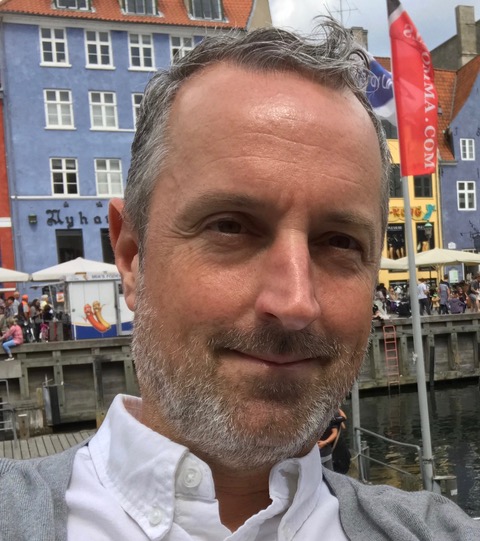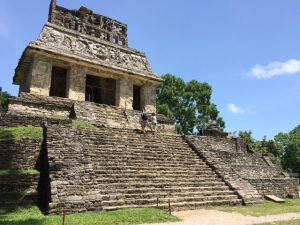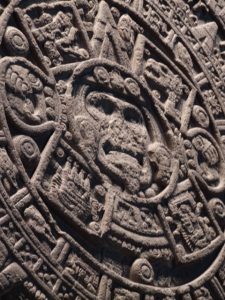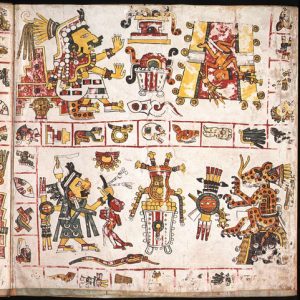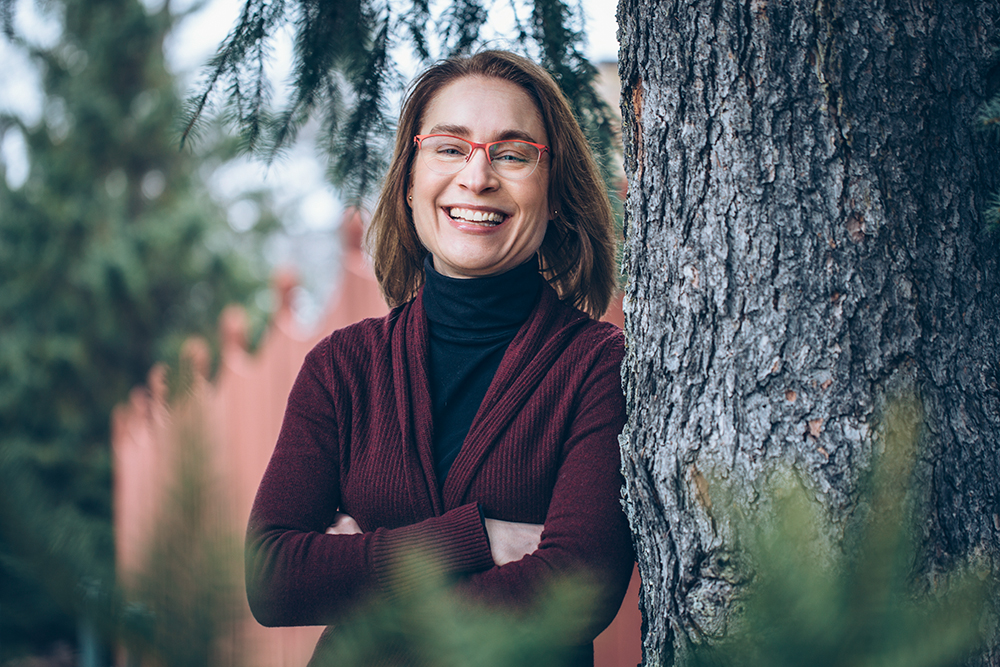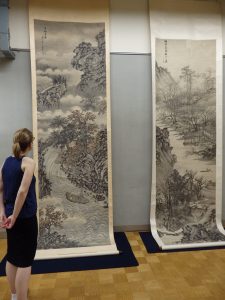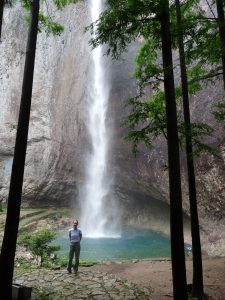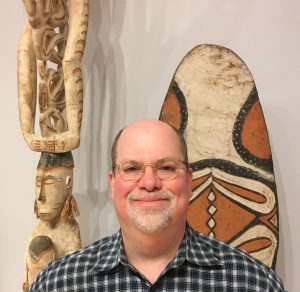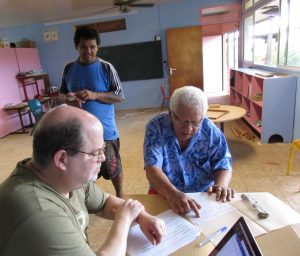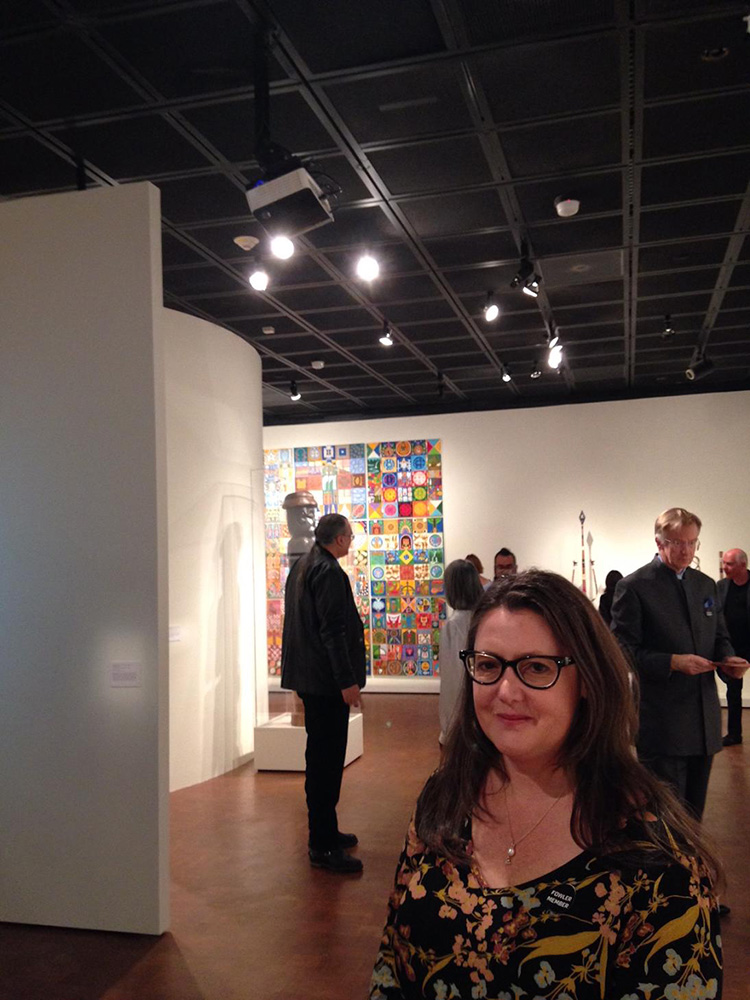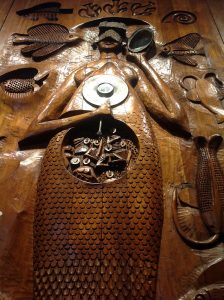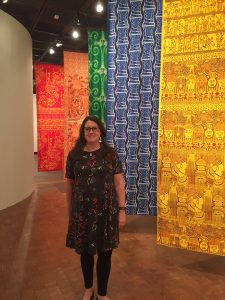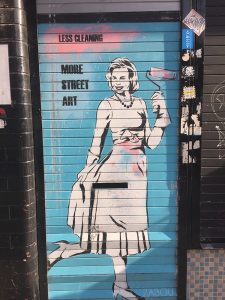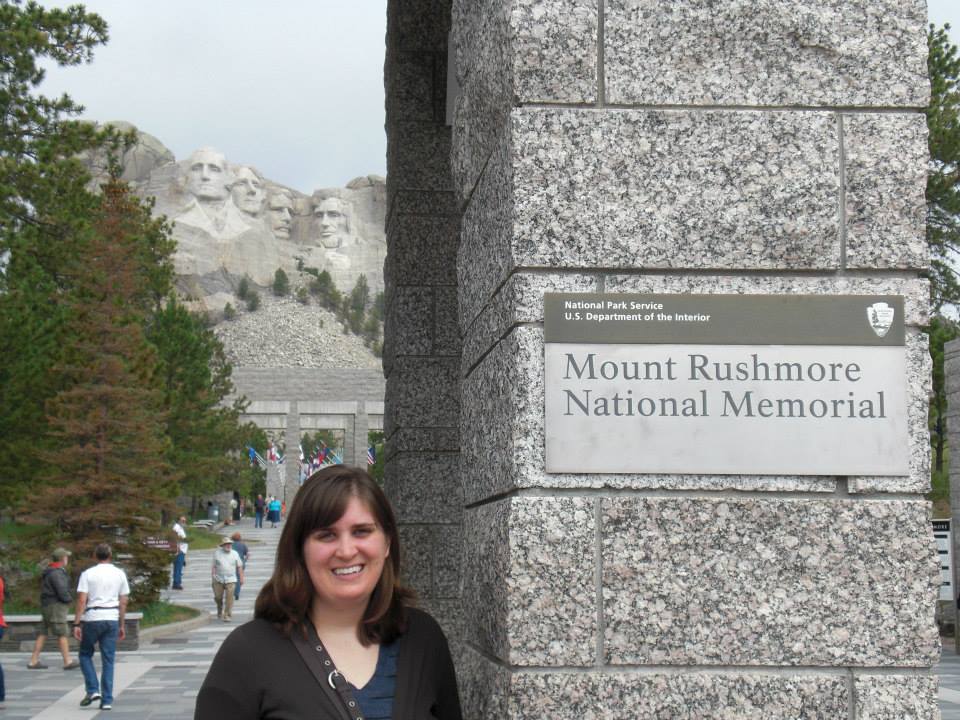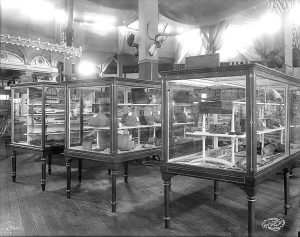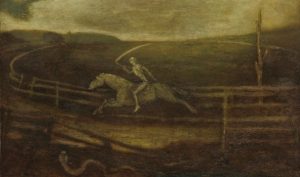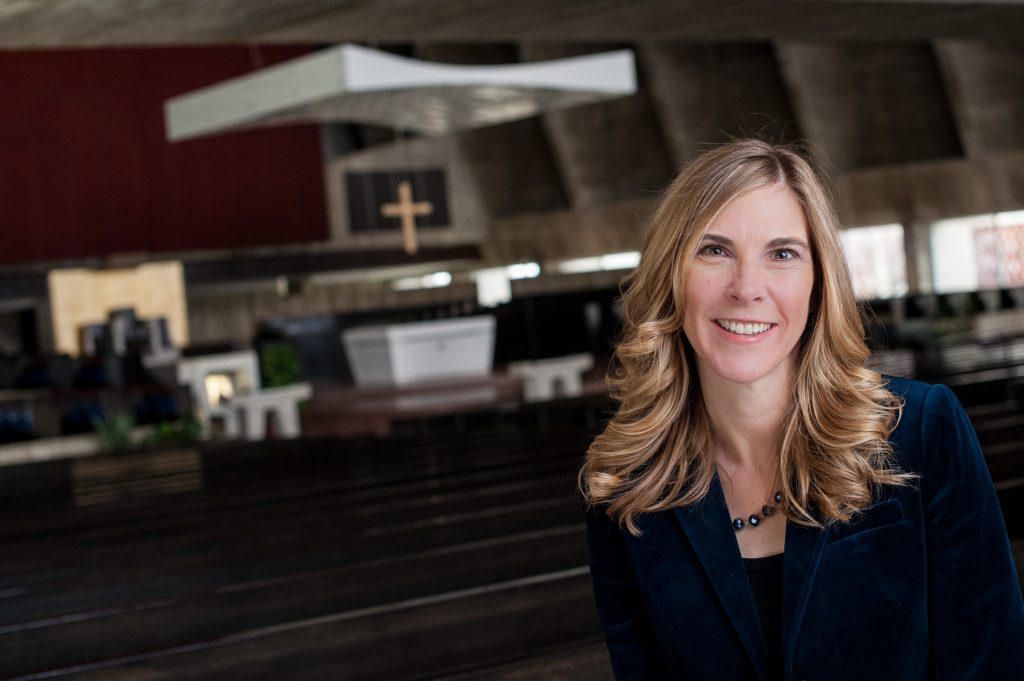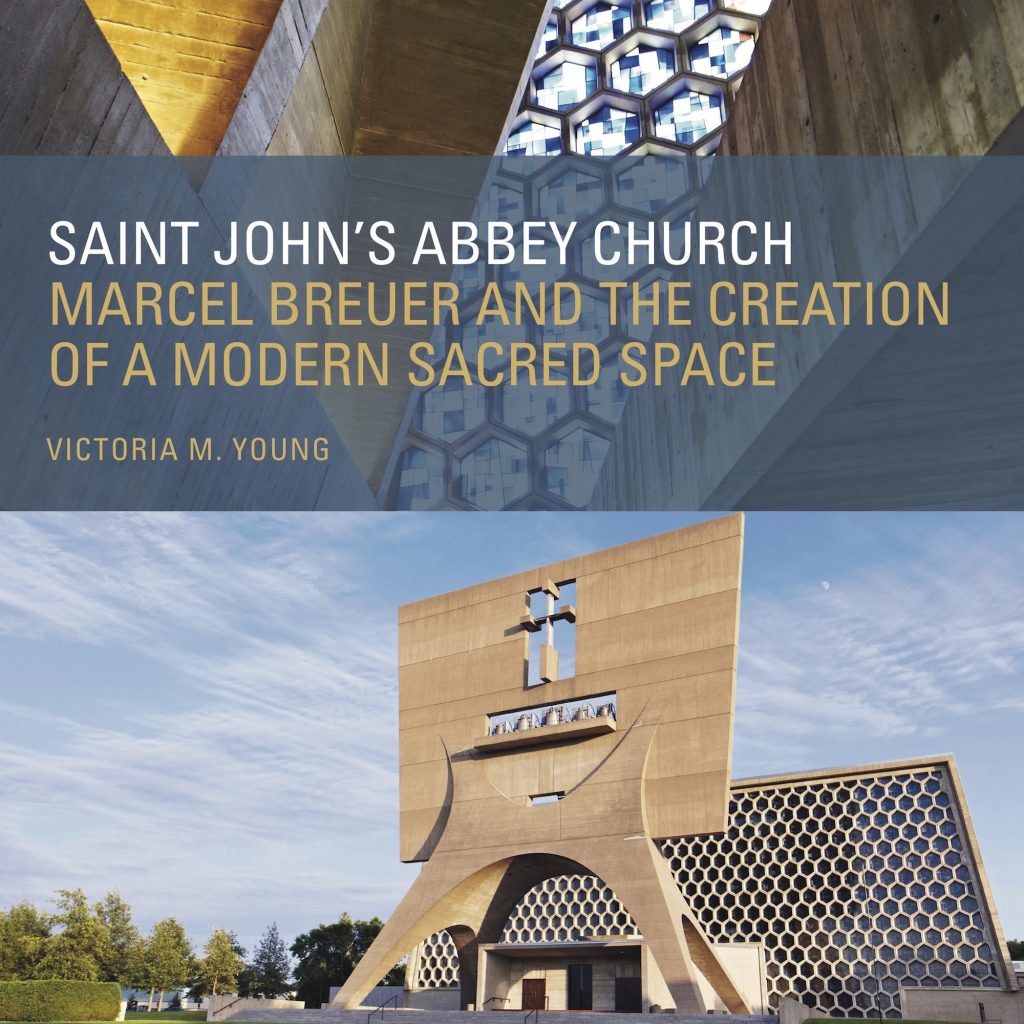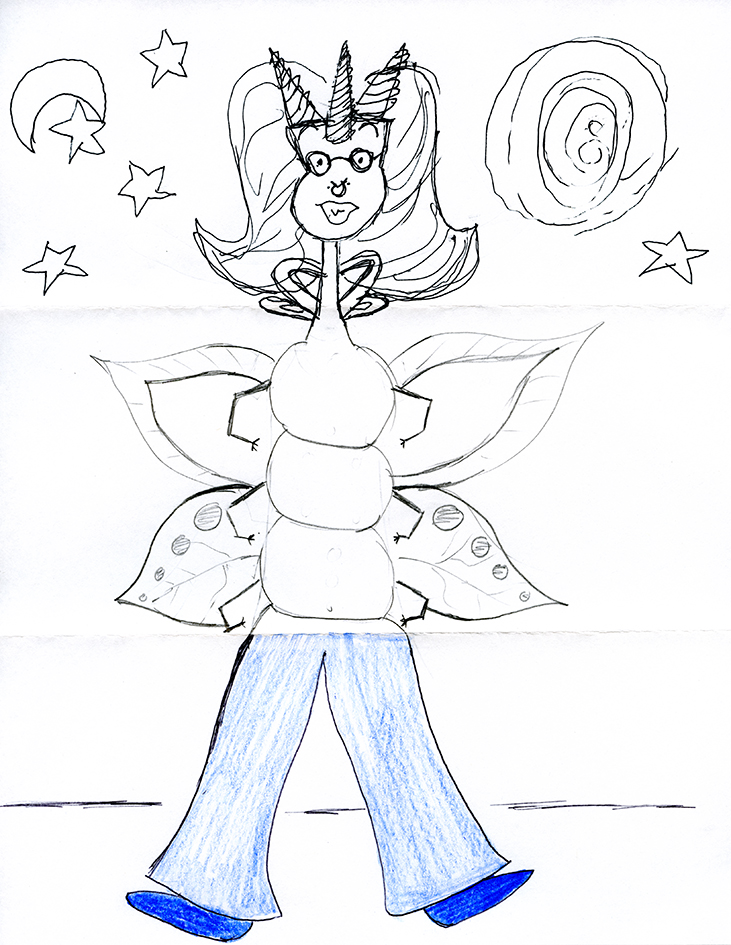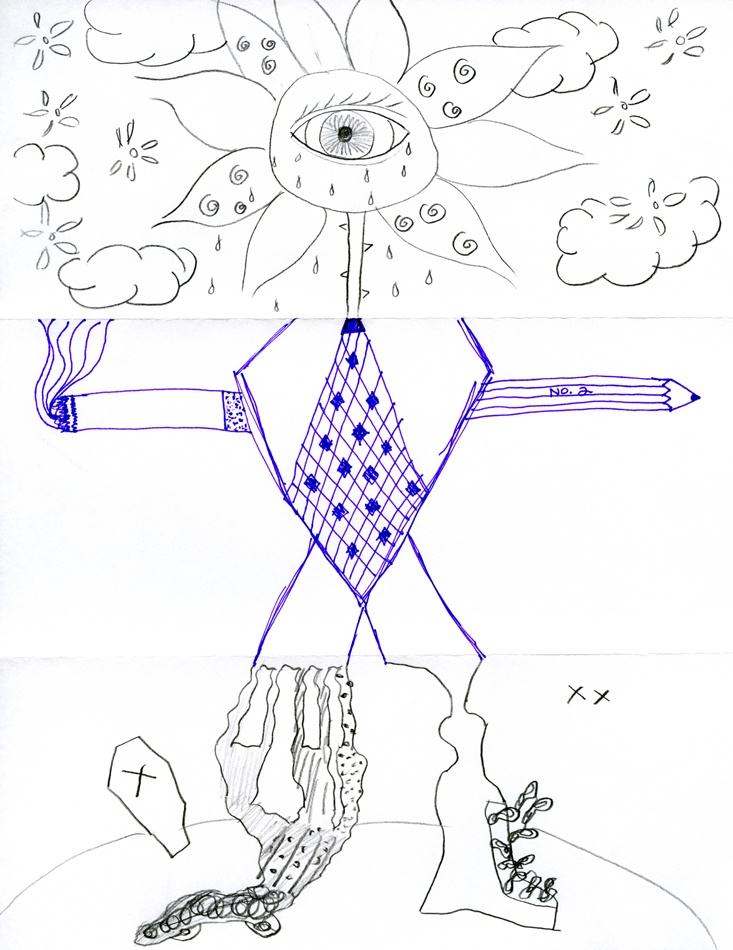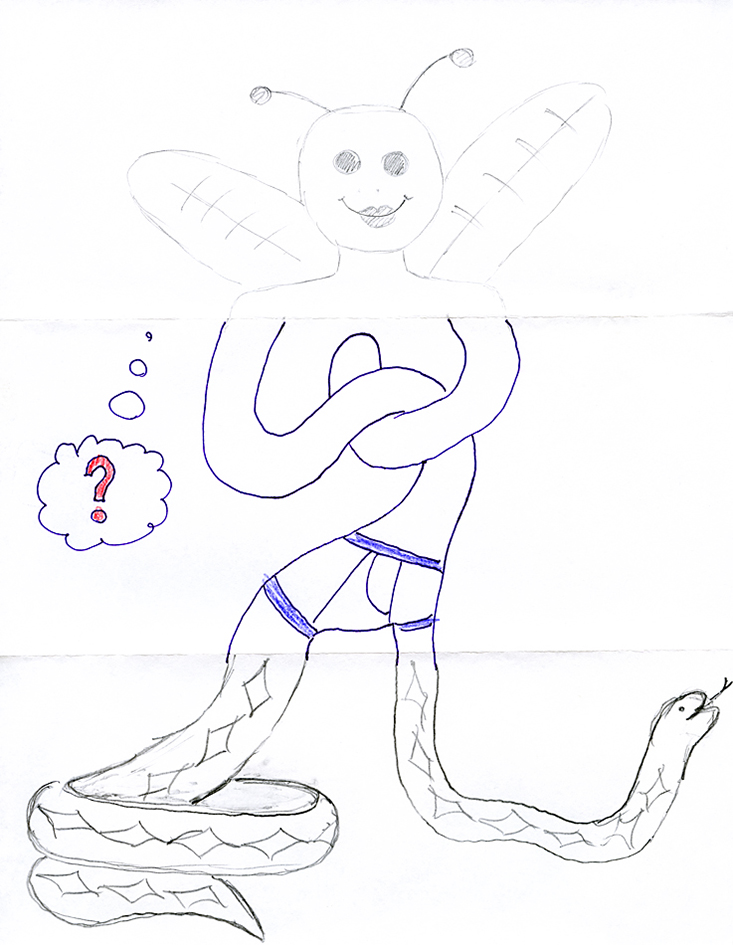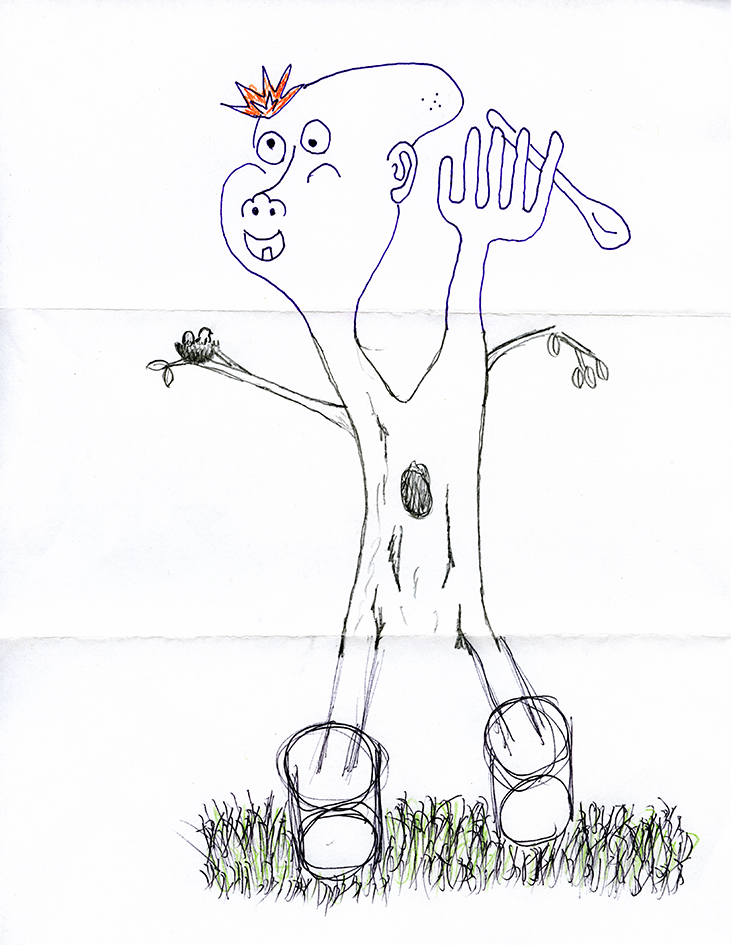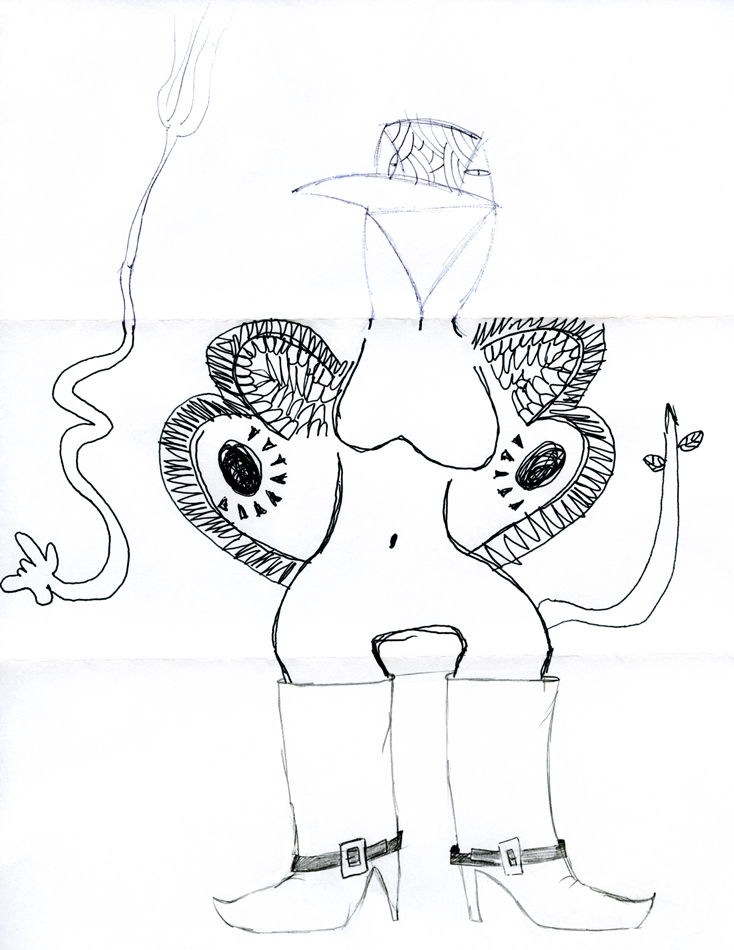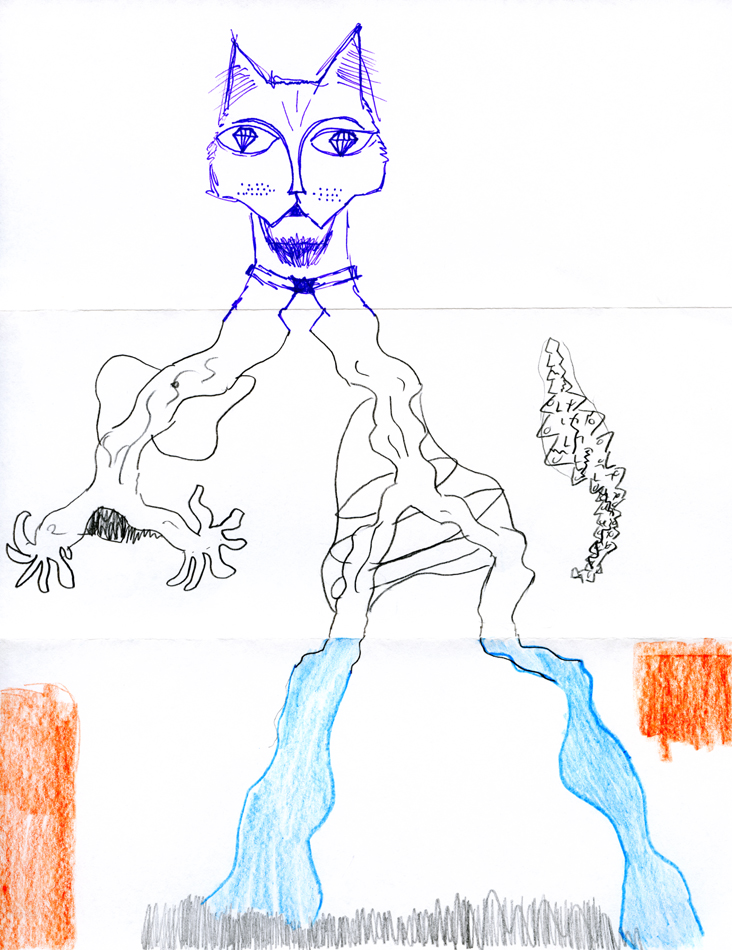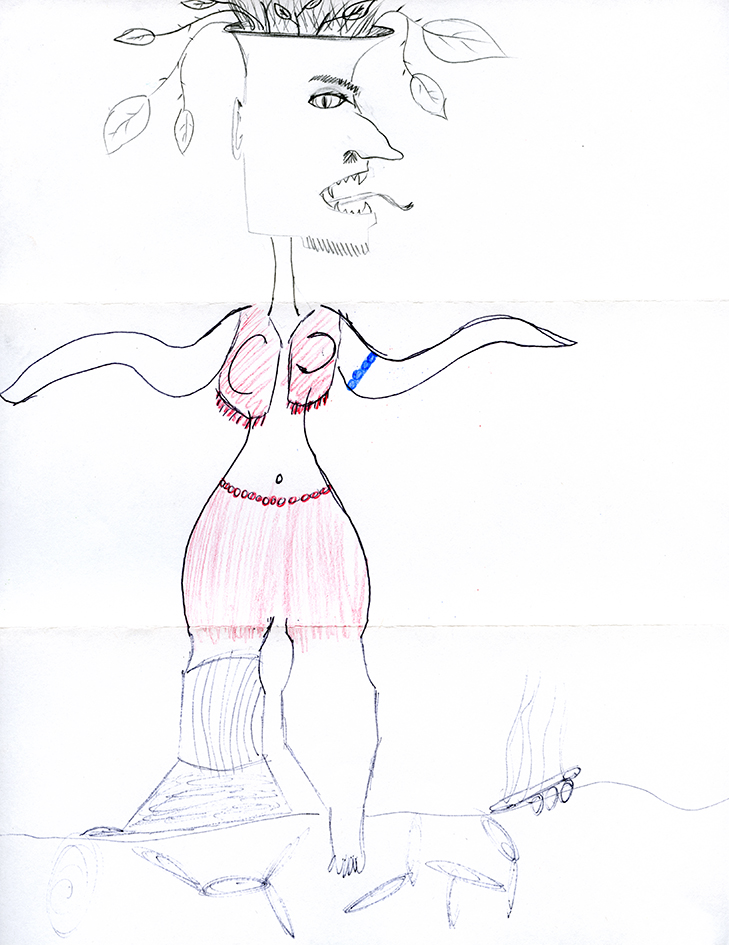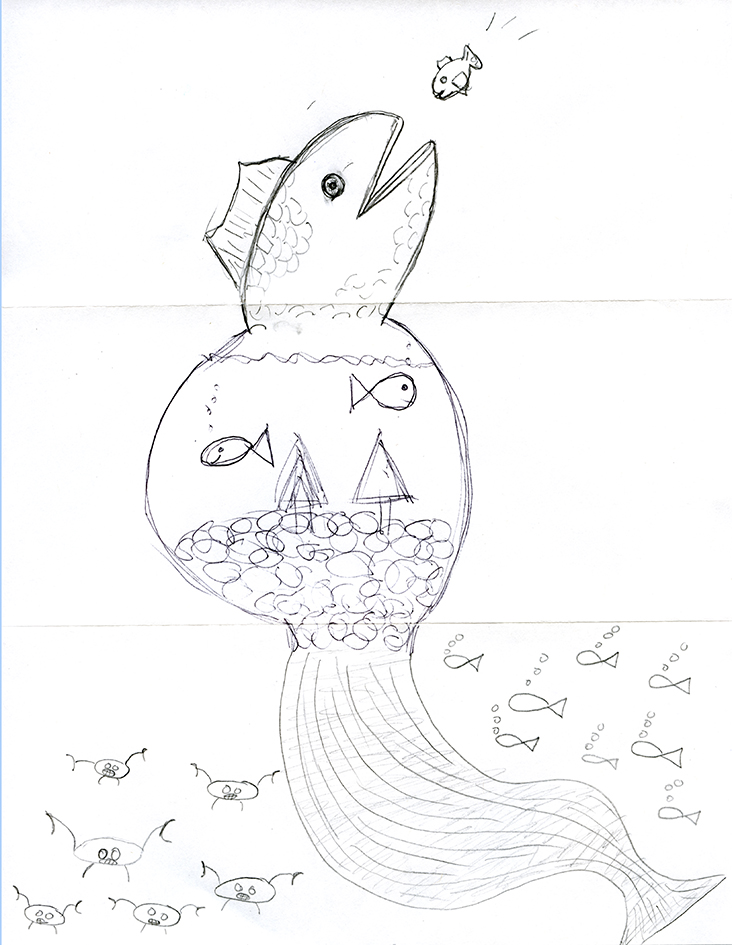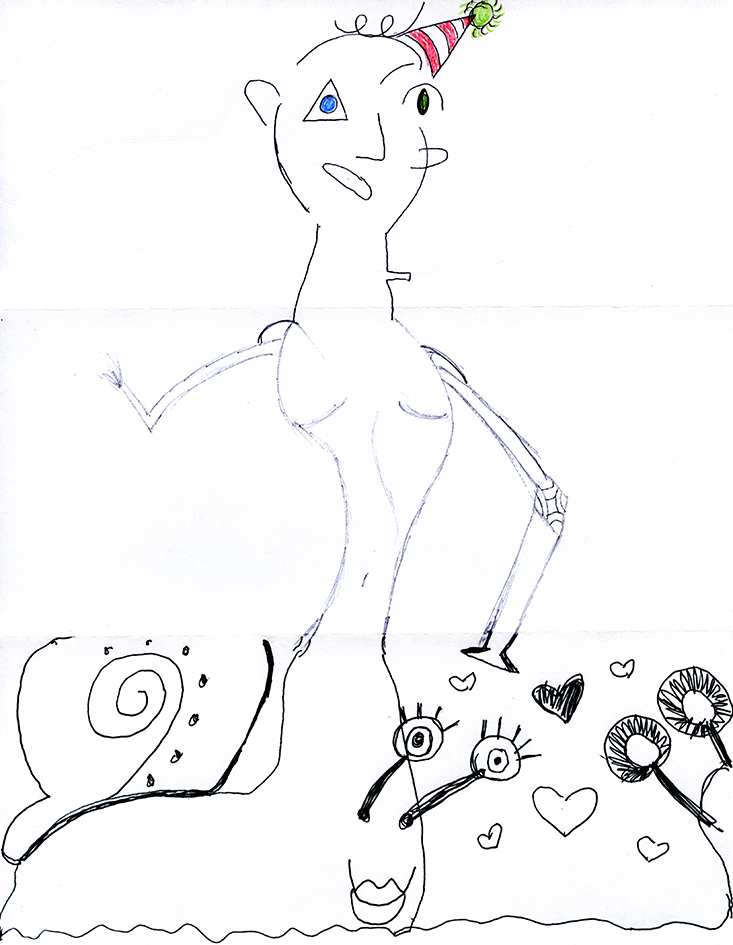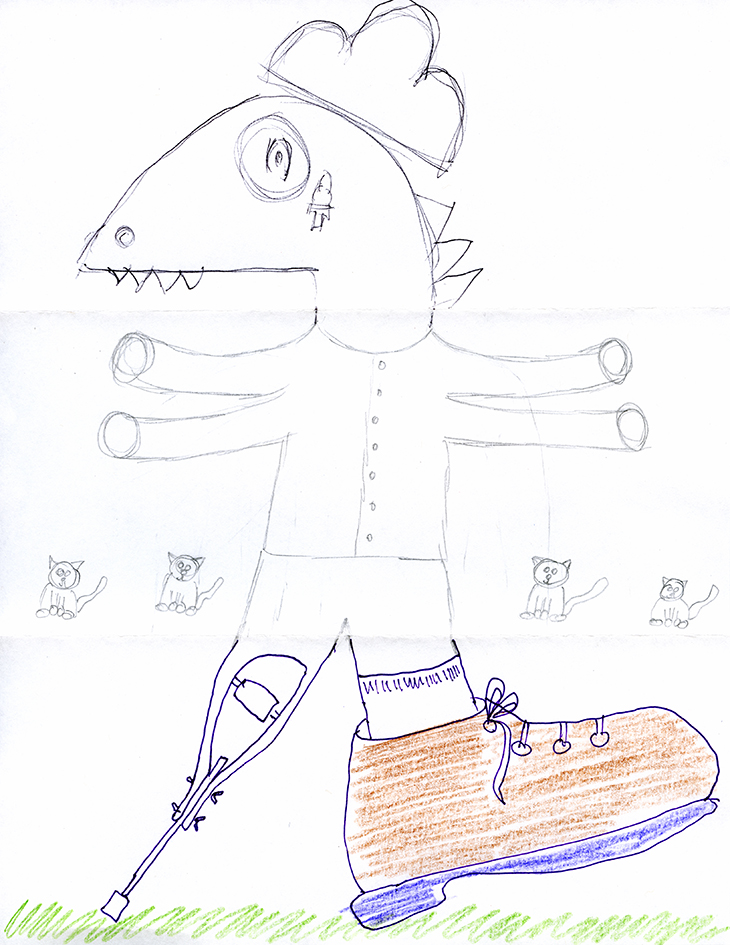Dr. Craig Eliason is a Professor in the Department of Art History. His research focuses on the history of printing types. Dr. Eliason was awarded a spring sabbatical in 2017, which allowed him to pursue a new research project, present at the CAA annual meeting, and participate in the Digital Humanities Institute in British Columbia.
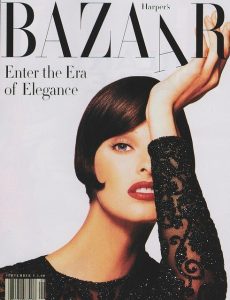
Harper’s Bazaar, September 1992. Source
During last spring, I enjoyed a sabbatical—a break from the usual teaching and service responsibilities to allow for more sustained attention to scholarship. I took advantage of this restructured work time to do what is quite difficult during the more hectic schedule of a normal semester: I started a new research project.
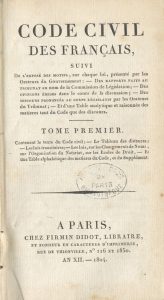
Code Civil de France, printed by Fermin Didot, 1804.
My area of research is the history of the design of printing types. At the beginning of last year, I had put together a short talk on the typeface by Fermin Didot that inspired the titles of fashion magazines like Vogue and Harper’s Bazaar, examining its origins in revolutionary France and weighing why it seemed so fitting for fashion journalism. The more I thought about the ideas in this brief presentation, the more I thought it deserving of expansion. I decided my new project would undertake a thorough investigation into this class of typeface design (called “modern face” types). This study would not only examine modern-face types in their context of origin, but also trace how they have been modified, revived, and utilized in the two centuries since. In other words, I am interested in these types’ production but also their reception.
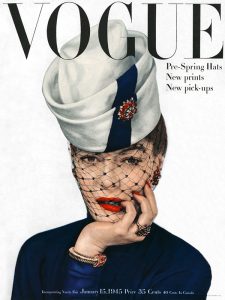
Vogue, January 15, 1945. Source
I am excited to present some of the research I developed during the sabbatical at two upcoming conferences. In October, I will attend a Fashion and Media Symposium hosted by Drexel University in Philadelphia. There I will present “Idealization and Didot, the Fashion Font,” an update of my aforementioned study that expands on the role of idealization in linking Didot’s eighteenth-century origins and its twentieth-century embrace by fashion journalism. In December, I will travel to Stanford University to attend “Face/Interface,” an international conference on type design and human-computer interaction beyond the Western world. There I will present “The Picasso Effect: How ‘Exotic’ Scripts Catalyzed Bodoni’s Modern-Face Types.” This talk braids together understandings I have gleaned in my three different professional roles: as a scholar of type history, as a type designer interested in global writing systems, and as a teacher of modern art. Professional conferences like these are excellent opportunities to show my research to new audiences, and also to get feedback as I develop my research agenda.
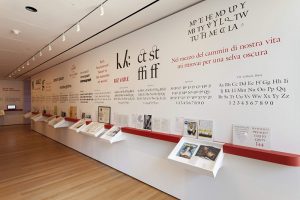
“Standard Deviations,” 2012 exhibition, Museum of Modern Art archives. Source
Aside from my new project on modern-face types, I found two opportunities to further my scholarship during the sabbatical. One was presenting at the College Art Association annual meeting in New York in February. I participated in a panel entitled “History through Things/Things through History: Design Objects in the Museum.” My contribution was a presentation on “MoMA and the Accession of Digital Type Designs,” which pondered the curious announcement that New York’s Museum of Modern Art had acquired digital type designs for its collection—“curious” because no physical objects nor intellectual property changed hands in the “acquisition.”
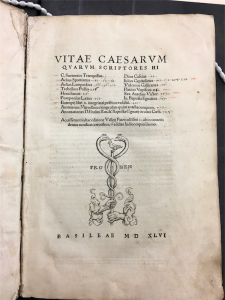
Suetonius et al., Vitae Caesarum, 1547. Title page.
The second opportunity was a trip to British Columbia to participate in the annual Digital Humanities Summer Institute in June. There I took a week-long workshop on “the pre-digital book,” where we investigated physical books in the University of Victoria’s special collections library. I learned much about examining and notating the material aspects of the book—particularly how it is bound. I worked on Lives of the Emperors, a book printed in Basel in 1546. My most exciting discovery was even older printing on paper scraps used in the binding, just visible inside the crumbling spine cover.
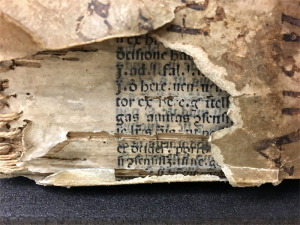
Suetonius et al., Vitae Caesarum, 1547. Spine detail
Though I was freed from teaching responsibilities for the spring, I did not completely remove teaching from my thoughts. I did some revamping of my Introduction to Art History course, interviewed applicants for next January’s J-term London course, and even taught a two-credit Aquinas Seminar on type design at the end of the summer, which was an enjoyable way to ease back into the full-bore teaching schedule that I resumed this month.
I am so appreciative of the opportunity to take sabbaticals that St. Thomas offers to tenured faculty. I anticipate that the deep dive into research it allowed will again feed my scholarly work in the coming years.
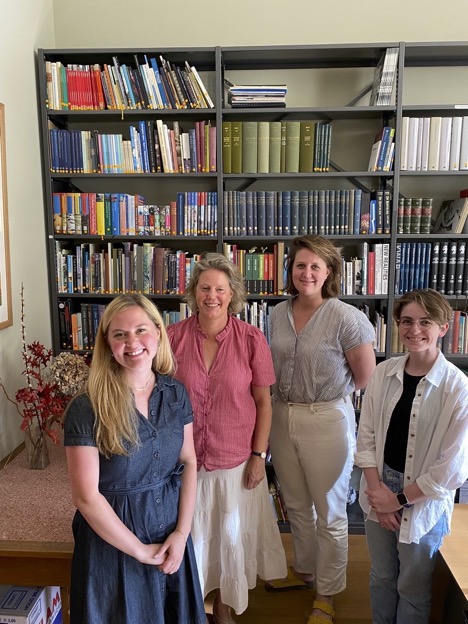

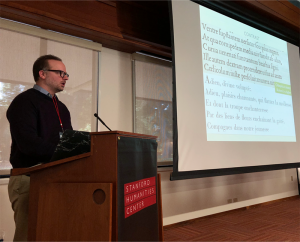
 Factoid: Good type design requires a thorough understanding of optical illusions. For example, a horizontal stroke will look thicker to the human eye than a vertical stroke of the same mathematical width. And if that horizontal stroke is intended to be read as centered, it should be slightly above mathematical center. See the H of Helvetica Neue Bold on the right, which appears more graceful than the geometrically “correct” H on the left.
Factoid: Good type design requires a thorough understanding of optical illusions. For example, a horizontal stroke will look thicker to the human eye than a vertical stroke of the same mathematical width. And if that horizontal stroke is intended to be read as centered, it should be slightly above mathematical center. See the H of Helvetica Neue Bold on the right, which appears more graceful than the geometrically “correct” H on the left.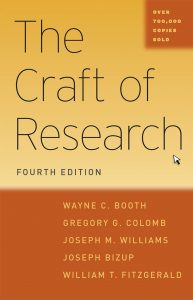 Best advice you have ever received?
Best advice you have ever received? 